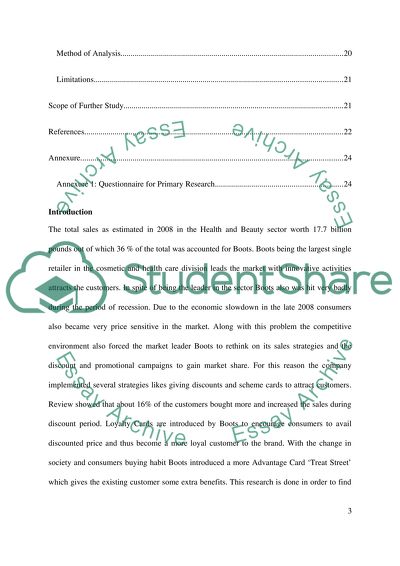Cite this document
(“Will Boots benefit from Treat Street or will it have a negative impact Dissertation”, n.d.)
Retrieved from https://studentshare.org/family-consumer-science/1413723-will-boots-benefit-from-treat-street-or-will-it
Retrieved from https://studentshare.org/family-consumer-science/1413723-will-boots-benefit-from-treat-street-or-will-it
(Will Boots Benefit from Treat Street or Will It Have a Negative Impact Dissertation)
https://studentshare.org/family-consumer-science/1413723-will-boots-benefit-from-treat-street-or-will-it.
https://studentshare.org/family-consumer-science/1413723-will-boots-benefit-from-treat-street-or-will-it.
“Will Boots Benefit from Treat Street or Will It Have a Negative Impact Dissertation”, n.d. https://studentshare.org/family-consumer-science/1413723-will-boots-benefit-from-treat-street-or-will-it.


